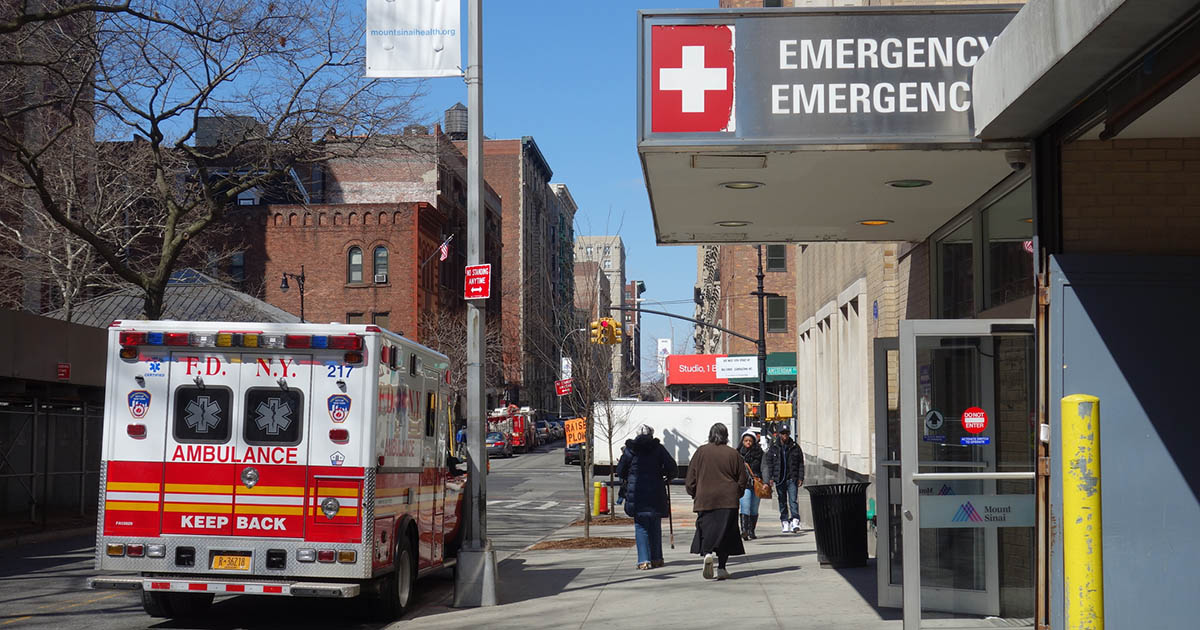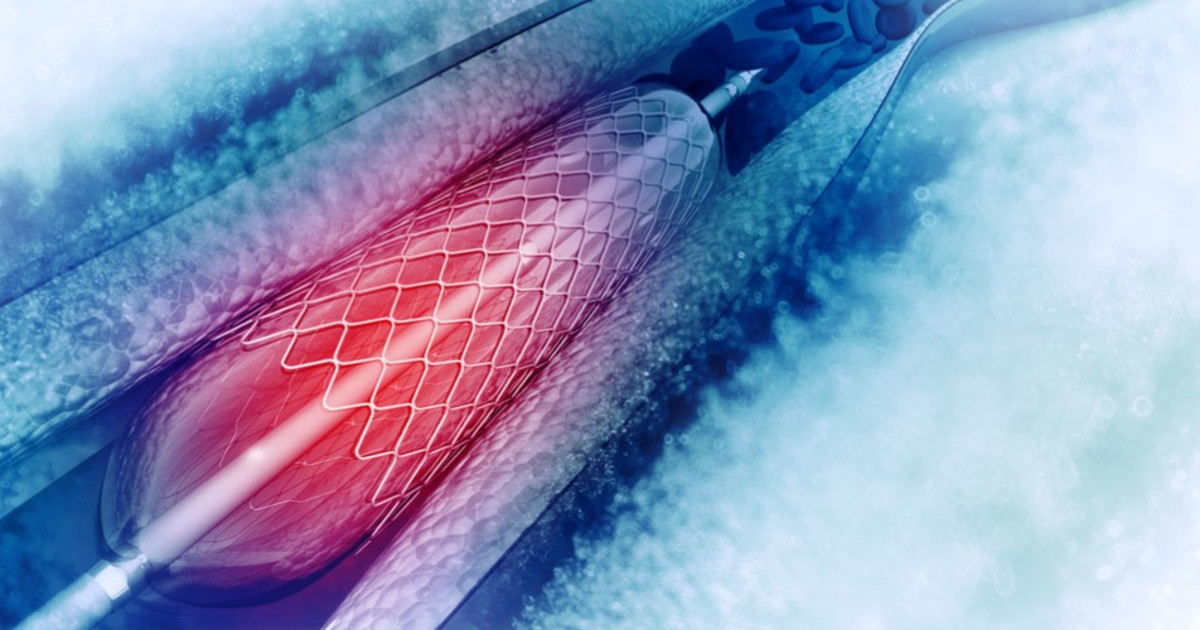Best Ways To Prevent And Treat Cardiogenic Shock
Cardiogenic shock is a condition that occurs when an individual's heart stops pumping a sufficient amount of oxygen-rich blood to the rest of the body. It is a life-threatening condition and requires immediate treatment. Cardiogenic shock can be caused by a severe heart attack, heart muscle inflammation, infection of the inner lining and valves of the heart, an abnormal heartbeat rhythm, too much blood or fluid surrounding the heart, and a blocked artery in the lung. Cardiogenic shock occurs very quickly, and it is discovered as it happens. Symptoms include fainting, extremely low blood pressure, cold feet and hands, difficulty breathing, chest pain, pale skin, confusion, fast breathing rate, and a weak pulse. This condition is diagnosed by tests such as an EKG, echocardiogram, chest x-ray, cardiac catheterization, and blood tests.
Several steps can be taken to prevent this type of shock, and there are a few ways to treat it.
Emergency Life Support

Emergency life support is usually the first method used to treat a patient in cardiogenic shock. The objectives of emergency treatment are to improve blood flow and oxygen to all of the organs in the body before further damage can occur. This keeps the patient alive and decreases the chance of permanent damage to the brain, kidneys, lungs, and other vital organs. This may start as manual CPR until paramedics arrive. Once medical professionals are able to take over, emergency support most often includes extra oxygen supply to the patient so the blood has a higher concentration of oxygen to deliver to the deprived tissues around the body. Extra oxygen can be given through a face mask, a tube in the nose, or through a ventilator. In addition, medications meant to improve heart function or inotropic agents like norepinephrine or dopamine may be administered on an emergency basis with an injection. Thrombolytics or medications that help dissolve a blood clot inhibiting proper blood flow to the heart may also be given if the emergency cardiac catheterization is not an option.
Uncover more treatments and prevention tips for cardiogenic shock now.
Blood-Thinning Medication

When a patient goes into cardiogenic shock, one of the ways they can be treated is with the use of blood-thinning medications. These types of medications help the blood flow smoother through the veins so the heart can pump oxygenated blood throughout the body easier. Blood-thinning medication can also be used as a preventative measure in patients who have had previous heart attacks or prior episodes of cardiogenic shock. These medications will keep any existing blood clots from growing larger, and they prevent any new blood clots from developing that could result in cardiogenic shock.
There are two main types of blood thinning medications. Anticoagulants use a mechanism of competing with vitamin K to stop the liver from producing clotting factors or proteins the body needs for binding platelets and blood cells together. Antiplatelet medications work by stopping the platelets in the blood from sticking to each other and to the blood vessel walls. This type of blood thinner is often used to stop new blood clots from developing, while the stronger anticoagulant medications are used for prevention as well as for treating existing blood clots.
Continue reading to reveal more ways to treat and prevent cardiogenic shock now.
Angioplasty And Stenting

Angioplasty and stenting is a surgical procedure that may be used to restore blood flow in the coronary arteries that supply muscle tissues of the heart with oxygenated blood. This procedure can be used to treat a patient who has gone into cardiogenic shock as a result of a partial blockage in a coronary artery. Angioplasty and stenting involves the insertion of a small wire mesh tube containing a small balloon into the partially obstructed region of the artery. The balloon is then inflated to widen the narrowed artery to the point where blood can effectively flow through it. The stent around the balloon expands with the balloon so when the balloon is deflated, the artery will stay in place. The mesh wire tube is called a stent, and the stent may be coated with medication to assist with keeping the artery open. This type of treatment is typically used in cases of a single or double partial coronary artery blockage. If a patient's coronary artery has multiple blockages or the percentage of the blockage exceeds a certain amount, a mesh stent may not be able to be inserted. In those cases, a coronary artery bypass will be required to prevent a heart attack or cardiogenic shock.
Learn more about preventing and treating cardiogenic shock now.
Coronary Artery Bypass Surgery

If a patient goes into cardiogenic shock as a result of an obstruction in one of the arteries that supply the heart muscle itself, coronary artery bypass surgery may be required to treat it. Coronary arteries are the arteries that supply the actual muscle tissues of the heart with oxygen-rich blood. Without this source of oxygenated blood, all or part of the heart muscle would stop functioning. Often times, this results in the patient having a heart attack and or going into cardiogenic shock. The coronary arteries can become obstructed as a result of the buildup of plaque on the inner walls of the artery. The coronary arteries can also become blocked as a result of a blood clot becoming lodged and stopping blood flow. Bypass surgery on a coronary artery involves cutting the artery in front of the blockage and then re-attaching the artery to itself at a point beyond the location of the blockage. This can be done by using a lab created artery extension, or the patient's own arteries can be taken from other parts of their body to use. This procedure allows oxygen-rich blood to effectively flow around or bypass the portion of the obstructed artery. This allows the blood to reach the muscle tissues of the heart.
Get the details on more options for treating and preventing cardiogenic shock now.
Ventricular Assist Device

A ventricular assist device (VAD) may be used to treat a patient in cardiogenic shock due to a damaged ventricle within the heart. A ventricular assist device is a mechanical pump that can be implanted into the individual's heart to assist it with pumping blood from the ventricles to the other regions throughout the body. This device can be used on a temporary basis while the heart regains its strength to efficiently pump blood by itself, or it can be used temporarily while the patient is awaiting a heart transplant. A VAD can also be used as a long-term treatment for ventricle-failure induced cardiogenic shock. This typically only happens if the individual is not a good candidate for a heart transplant. A ventricular assist device takes over the function of the damaged ventricle so the heart can still pump blood normally. This prevents the patient from going into repeated cardiogenic shock as a result of the affected ventricle's failure to function. The implantation of a VAD involves open heart surgery and does carry risks, however, it is an effective way to treat this specific underlying cause of cardiogenic shock.